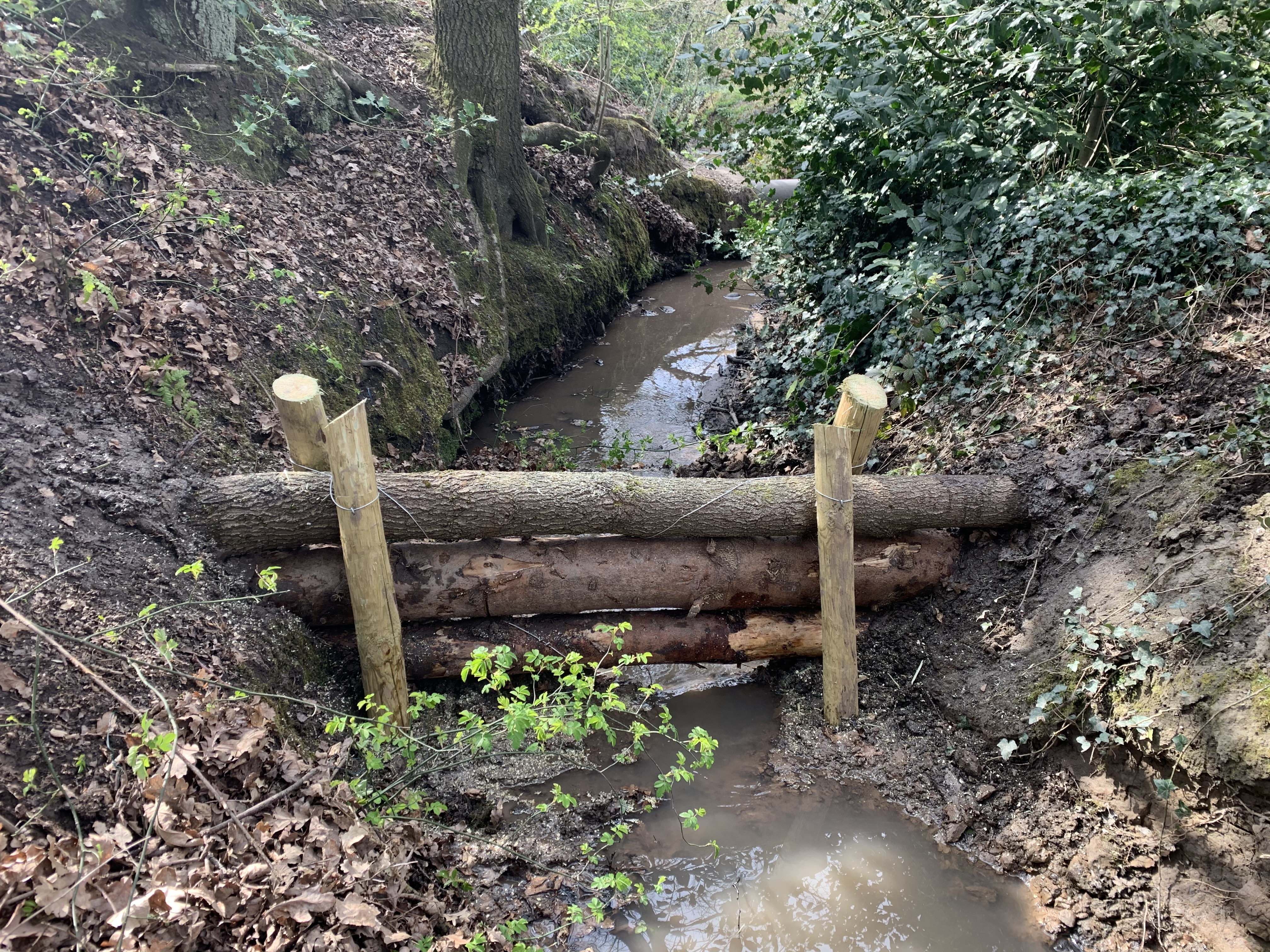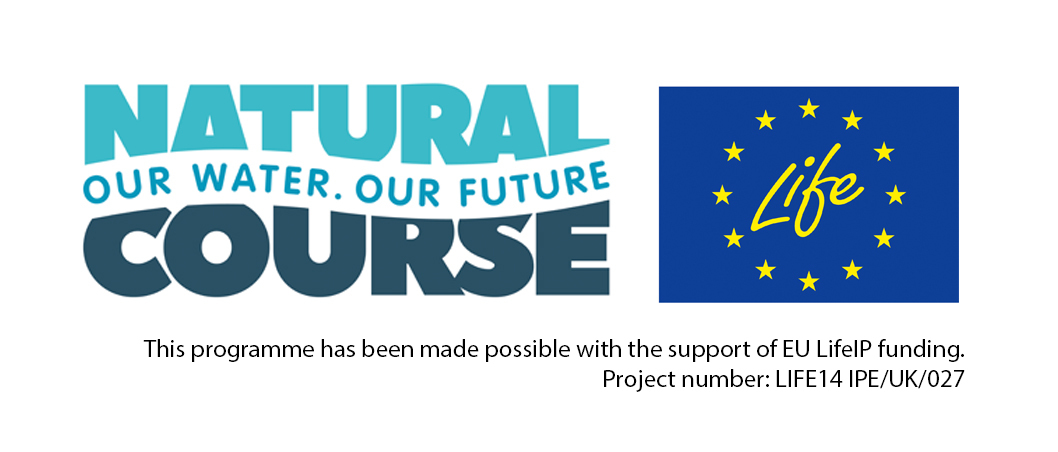
Five Easy Ways to Revive Your River: Support nature-based solutions
If we’re going to solve our twin crises of climate change and nature degradation, we need to work with nature and not against it. In particular, nature-based solutions can help to improve water quality and restore habitats for the wildlife that call them home.
01/09/21
Finding solutions to climate change and biodiversity loss is far from easy; with each potential solution comes a number of factors and consequences to consider. That being said, we believe that nature itself could help to unlock the resilience needed.
Nature-based solutions use green, living infrastructure, supported and inspired by nature. They provide a low impact alternative to grey infrastructure, as well as protecting the environment and creating or enhancing habitats and becoming an asset to local communities.
Across the Rivers Trust movement, we are supporting the development and implementation of nature-based solutions to tackle multiple environmental issues. This could be from the inception phase, finding opportunities for funding their creation, or providing boots on the ground with our local Trusts and their volunteers to bring the plans to life.
Natural Flood Management (NFM)
NFM uses natural materials to slow the flow of water through the land and reduce the chance of flash flooding, as well as increasing water storage throughout the landscape. Taking a catchment-wide approach and utilising NFM upstream means that water takes a lot longer to reach lowlands and downstream areas. A number of techniques are used in NFM, such as:
Leaky dams – placing a series of logs across a watercourse mimics the effect of naturally fallen trees. Whilst it’s important not to block the water completely, slowing the flow eases pressure downstream and reduces the risk of flooding, especially after heavy rain.

Rain gardens and Sustainable Urban Drainage (SUDs) – Installing a rain garden is a wonderful way to manage rainwater on your property, providing an attractive feature and encouraging wildlife too. A rain garden is created by linking a roof downpipe to a dip in the garden. The dip is filled with plants that are resilient to waterlogging, with more drought-tolerant plants towards the edges. As a result, water is held in the garden for longer, before naturally draining into the ground.
Rain gardens are an example of a sustainable urban drainage system (SUDs), designed to counteract the effects of an ever-increasing amount of non-permeable land surfaces like concrete by reducing water runoff. Other types of SUDs include green rooves, permeable paving, and infiltration trenches.
Watch this video on teaching schoolchildren about SUDs with South East Rivers Trust.
Woodland creation – If the right trees are planted in the right places, woodland creation can go a long way towards managing the flow of water through river catchments. Leaves intercept rainwater and soak some of it up, which slows the rate at which the rain hits the ground and enters rivers. Below ground, tree roots help to bind soil together, reducing the amount of sediment which runs off into watercourses.

Making space for storing water – Features such as ponds and wetlands can store a vast amount of water which would otherwise rush through catchments as surface water. As the water passes through the wetland or pond, it is naturally filtered, often leading to lower levels of harmful pollutants. What’s more, filling the pond or wetland with native plant species encourages wildlife and provides health and wellbeing benefits too.
Watch this video to see how wetlands are helping with flood prevention in the Wyre catchment.
If you’re interested in finding ways to revive your river, you could get involved with nature-based solutions today. Why not plan to install a rain garden, pond, or other form of SUDs in your home, or increase the amount of trees growing on your property?
Alternatively, we have more than 60 Trusts working across the UK and Ireland who implementing nature-based solutions every day. Whether it’s planting trees or volunteering with your friendly local Rivers Trust is a great way to implement real environmental improvements on a large scale, and it’s great for health and wellbeing too!
Useful links
For more information about nature-based solutions
